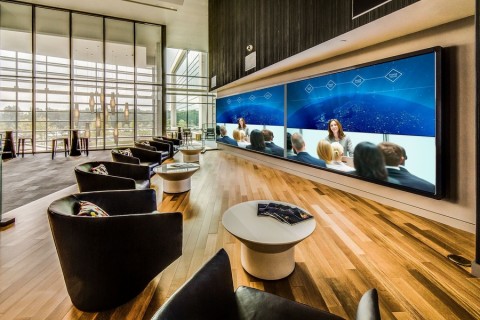Optimal Tactics for Positioning Surveillance Cameras to Improve Surveillance Effectiveness
Optimal Tactics for Positioning Surveillance Cameras to Improve Surveillance Effectiveness
Blog Article

Placing surveillance cameras effectively efficiently remains crucial to improving surveillance in various settings, such as homes, commercial properties, as well as community spaces. The primary goal of surveillance cameras is to deter crime while also offering evidence in case of events. To attain this, it is important to take into account several factors, including camera placement, range of view, as well as the particular areas that need monitoring. By comprehending these factors, individuals as well as organizations can develop a thorough surveillance strategy that optimizes the effectiveness of their security systems.
One of the first steps in placing surveillance systems is to determine critical locations that require surveillance. Vulnerable zones, such as entrances, exits, vehicle areas, as well as areas with high-value items, must be prioritized. It also crucial to take into account areas not visible, that may be locations that may not be visible from specific angles. By charting out these key locations, surveillance staff can guarantee that all corner remains observed, minimizing the chances of illegal actions going unnoticed. Additionally, installing cameras at key points can assist create a comprehensive view of the property, allowing for improved total security coverage.
The viewing angle of a security camera remains another crucial factor to consider. Various kinds of cameras provide different ranges of view, that can affect how many space is captured in the footage. For instance, wide-angle systems can cover bigger areas, making them ideal for spacious locations, while PTZ cameras can be adjusted to focus on particular details. When positioning surveillance systems, it is important to choose the right kind based on the location being monitored. This ensures that the system can capture sharp images and provide valuable information in the event of an see here now occurrence.
Height and angle of installation also have a crucial role in the effectiveness of security systems. Cameras must be installed at a level that is out of grasp of possible tampering but still enables for clear viewing of faces and additional recognizable details. A common recommendation is to install cameras at least 8 to ten feet off the ground. Additionally, the tilt at which the camera remains positioned can affect its ability to record important information. Cameras must be tilted to minimize glare and avoid blockages, ensuring that they can capture sharp video at all times.
In conclusion, routine upkeep and improvements to the security camera are essential for sustained effectiveness. This entails inspecting system functionality, cleaning lenses, as well as making sure that firmware remains up to date. Regular assessments of the monitoring plan can assist detect any new blind spots or areas that might need extra coverage. By staying vigilant and implementing necessary adjustments, individuals and organizations can enhance their monitoring efficacy and ensure that their security systems remain to fulfill their designated purpose.